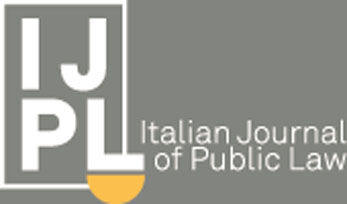Piotr Tereszkiewicz, Monika Namysłowska, Szymon Skalski, Aleksandra Olbryk
Abstract
The article aims to demonstrate how the contemporary algorithmic turn affects the legal framework and the daily operation of the administrative state in Poland. It begins by tracing the evolution of the legal framework supporting the deployment of modern technologies in government operations from the late 1990s to the present, outlining the sectors and services most impacted by digitalisation, and the corresponding scholarly debate. The discussion then provides a comprehensive overview of how automated systems, including AI-based applications, are currently employed across various sectors and programmes within Polish public administration. The article also examines practical examples of these technologies in action, showcasing notable innovations and the challenges in their implementation. Ultimately, the article offers a realistic appraisal of the prospects for the continued algorithmisation of Poland’s public administration, assessing the potential for future developments.
Table of Contents
Setting the Scene: The Origins of the E-Government in Poland
1.1. Policy Developments Towards Using AI
1.2. Sectors and Services Most Impacted by the Digital Turn
1.3. Scholarly Debate on the E-GovernmentThe EU Legal Framework for the Use of Algorithmic Automation and AI Systems by the Public Administration
2.1. The General Data Protection Regulation
2.2. The Artificial Intelligence ActThe Polish Legal Framework for the Use of Algorithmic Automation and AI Systems by the Public Administration
3.1. The 1960 Code of Administrative Procedure
3.2. Specific Regulations on Digital Tools Used by Public Administration
3.3. CybersecurityAlgorithms in the Daily Operations of Public Administration
4.1. Algorithmic Automation and AI-based Applications in Central Administration
(a) Algorithmisation of Polish Ministries
(b) Access to Public Information
(c) E-Government Infrastructure
(d) M-Government
(e) Automation of Administrative Processes
(f) Other Systems
4.2. Algorithmic Automation and AI-based Applications in Local Government AdministrationSolutions Supporting the Algorithmisation of Public Administration
5.1. Technological Solutions
5.2. Organisational SolutionsLitigation Concerning the Use of Algorithmic Automation or AI by the Public Administration
Future Development Directions of Algorithmic Public Administration
7.1. Starting Point
7.2. Incentives and Challenges to a Broader Algorithmisation
7.3. Pilot Projects and Future Potential
